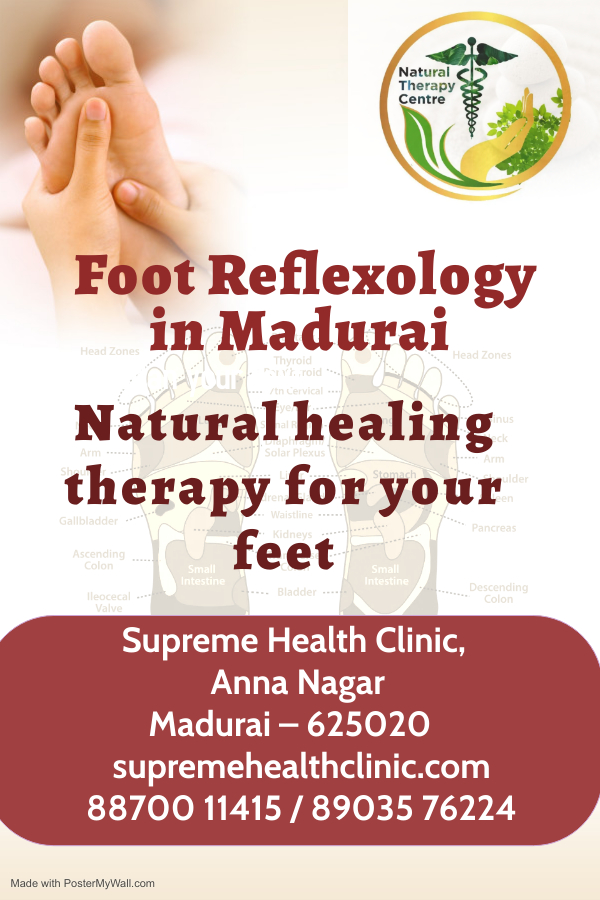Introduction:
Foot reflexology is a complementary therapy that involves applying pressure to specific points on the feet to stimulate corresponding areas of the body for therapeutic purposes. There are various techniques used in foot reflexology, with thumb walking, finger walking, hook and back up, rotation on a point, and press and slide being some of the commonly employed methods. However, limited research has been conducted to compare the efficacy of these techniques in terms of their impact on relaxation and stress reduction. Therefore, this research aims to evaluate and compare the efficacy of these five basic foot reflexology techniques.
Research Objectives: The main objectives of this study are:
- To assess the effects of thumb walking, finger walking, hook and back up, rotation on a point, and press and slide techniques on physiological measures of relaxation, including heart rate, blood pressure, and cortisol levels.
- To examine the impact of these techniques on psychological measures of relaxation, such as self-reported stress levels and subjective feelings of relaxation.
- To evaluate the potential risks and benefits of each technique, including the depth of pressure applied, discomfort or pain experienced by the person receiving the reflexology treatment, and the practitioner’s skill level in performing each technique.
- To explore the perceptions and preferences of reflexology practitioners and recipients regarding the effectiveness and comfort of these techniques.
- To provide evidence-based recommendations for reflexology practitioners and educators on the most effective and safe techniques to use in foot reflexology practice.
Methodology: The study will be conducted using a randomized controlled trial design, with a sample size of at least 100 participants. Participants will be randomly assigned to receive one of the five foot reflexology techniques (thumb walking, finger walking, hook and back up, rotation on a point, or press and slide) by trained reflexology practitioners. Pre- and post-treatment assessments will be conducted to measure physiological and psychological parameters, including heart rate, blood pressure, cortisol levels, self-reported stress levels, and subjective feelings of relaxation. The potential risks and benefits of each technique will also be evaluated, and qualitative interviews will be conducted with reflexology practitioners and recipients to gather their perceptions and preferences.
Expected Results: It is expected that the findings of this study will provide valuable insights into the efficacy of thumb walking, finger walking, hook and back up, rotation on a point, and press and slide techniques in foot reflexology practice. The results may show differential effects of these techniques on physiological and psychological measures of relaxation, and provide information on the potential risks and benefits associated with each technique. The study may also reveal the preferences and perceptions of reflexology practitioners and recipients, which could inform best practices in foot reflexology.
Conclusion: This research will contribute to the existing knowledge on foot reflexology by comparing the efficacy of five basic techniques commonly used in practice. The findings may have implications for reflexology practitioners, educators, and researchers, and could guide the selection of techniques based on their effectiveness and safety. Overall, this study has the potential to enhance the evidence-based practice of foot reflexology and promote optimal outcomes for recipients of this complementary therapy.

